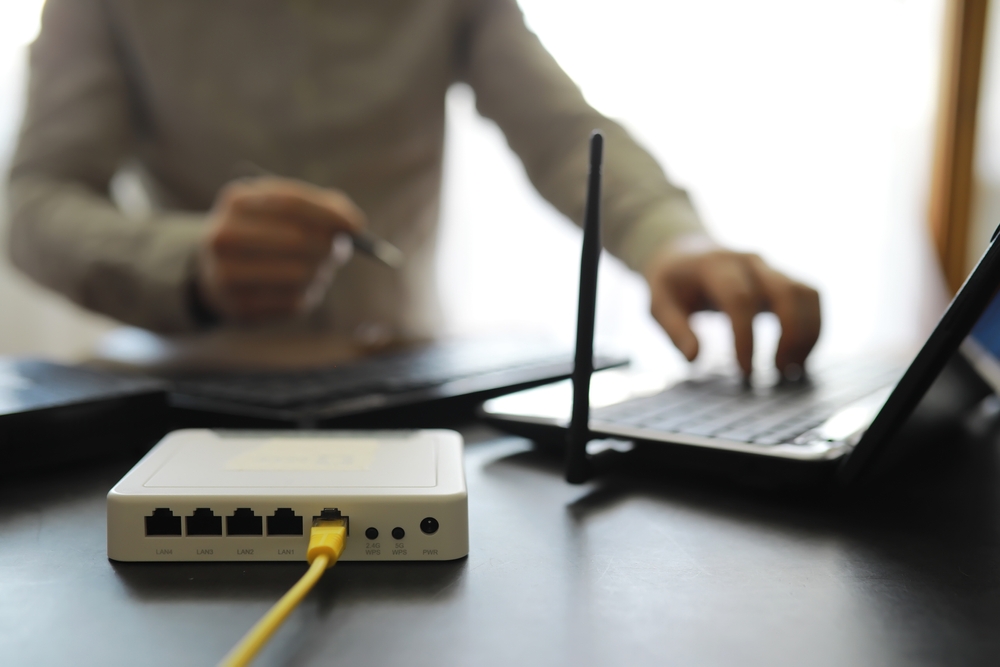Internet connectivity is a staple of modern life. Both our personal and professional activities are heavily dependent on reliable internet access. However, when setting up an internet connection, one of the fundamental questions that arise is whether to choose a wired or wireless connection. Each option has its own set of advantages and disadvantages, making the decision highly dependent on your specific needs and circumstances. This article delves into the pros and cons of both wired and wireless internet to help you determine which option is right for you.
Understanding Wired Internet
Wired internet connections typically utilize Ethernet cables and connect directly to your modem or router. This traditional method of connecting to the internet delivers unparalleled reliability and speed for many users. Here are some of the benefits and drawbacks of wired connections:
- Advantages of Wired Internet
- Consistent Speed and Reliability: Wired connections provide stable speeds, free from the fluctuations that wireless connections sometimes experience due to interference or distance from the router. This makes them optimal for activities that require steady, high-bandwidth connections like gaming and video conferencing.
- Security: Since the connection is tethered to physical cables, wired internet offers heightened security against unauthorized access. Only devices physically connected to the network can access it, reducing the potential for hacking or data interception.
- Minimal Latency: Wired connections generally result in lower latency, which is essential for real-time data transmission required by gaming and VoIP services.
- Disadvantages of Wired Internet
- Lack of Mobility: Devices need to be physically connected to access the network, which can be restrictive for users who prefer mobility or have multiple devices spread across different rooms.
- Infrastructure Costs: Setting up a wired network can be costly. It requires running Ethernet cables throughout the home or office, which may not always be feasible or cost-effective.
- Clutter: Numerous cords and cables can create cluttered spaces that might be aesthetically unappealing and challenging to manage.
Understanding Wireless Internet
Wireless internet, often referred to as Wi-Fi, provides connection through radio waves and allows users to connect devices without physical cables. This technology has grown rapidly and offers many conveniences that cater to the on-the-go lifestyle.
- Advantages of Wireless Internet
- Mobility and Convenience: One of the biggest advantages of wireless internet is the freedom it offers. Users can connect to the internet from any location within the network’s range, making it possible to use devices like smartphones, tablets, and laptops anywhere without the need for cables.
- Easy Installation: Setting up a wireless network is simpler and less invasive than installing Ethernet cables. This ease of installation makes it an attractive option for homes and small businesses.
- Supporting Multiple Devices: Wi-Fi networks can support several devices simultaneously, facilitating easy sharing of the internet connection among family members, co-workers, or guests.
- Disadvantages of Wireless Internet
- Interference and Range Limitations: Wireless connections can be unstable and subject to interference from other electronic devices, materials, and even the router’s placement. This can lead to reduced performance, especially in larger spaces where the signal needs to penetrate walls and floors.
- Security Risks: Wireless networks are more vulnerable to unauthorized access and hacking. Security protocols, such as WPA2 and WPA3, are essential but not foolproof.
- Variable Speeds: Wireless internet speeds can vary considerably based on several factors, including distance from the router, the number of devices connected, and external interference.
Factors to Consider When Choosing Between Wired and Wireless Internet
- Usage Needs: Consider what activities you’ll be using your internet connection for. If you regularly engage in activities that require high bandwidth and low latency, such as gaming or streaming high-definition content, a wired connection may be more suitable. On the other hand, if your usage is more casual and involves surfing the web or streaming music, wireless might suffice.
- Number of Connected Devices: Evaluate how many devices will be on your network at once. A large number of wireless connections can strain bandwidth, leading to decreased performance. In such cases, a combination of wired and wireless connections might be the optimal setup.
- Space and Mobility Needs: Wireless connections offer unmatched mobility, making them ideal for larger spaces or environments where users move frequently between rooms.
- Security Concerns: If data security is a priority, and you are dealing with sensitive information, a wired connection might be the safer choice due to its lower vulnerability to unauthorized access.
- Installation and Maintenance: Consider the costs and efforts associated with setup and maintenance. Wired networks might require professional installation and more maintenance to manage the cables, whereas wireless setups are comparatively easier to modify and expand.
Striking a Balance with Hybrid Solutions
In many scenarios, a hybrid approach that incorporates both wired and wireless technologies could be ideal. Here’s how you might combine both:
- Central Devices Wired, Others Wireless: For devices that require stable connections—like desktop computers or gaming consoles—a wired connection can provide consistent performance. Meanwhile, portable devices like tablets and smartphones can rely on wireless connectivity.
- Access Points and Range Extenders: To bridge the gaps in larger areas, using range extenders or installing access points can improve wireless coverage without a full transition to wired connections.
- Wired Backbone with Wireless Access: For larger buildings, integrating high-speed wired connections as a backbone and deploying wireless access points strategically can provide comprehensive coverage with minimal performance issues.
Ultimately, the choice between wired and wireless internet depends on various personal and practical factors. Wired connections provide consistent speeds and enhanced security, making them ideal for high-performance and sensitive applications. Wireless connections offer the flexibility and convenience needed for mobile lifestyles and multiple-device households. Considering your specific needs, environment, and how you prioritize speed, security, and mobility, will guide you to the right choice. In many cases, a balanced approach that utilizes the strengths of both wired and wireless technologies may provide the most optimal networking solution.



